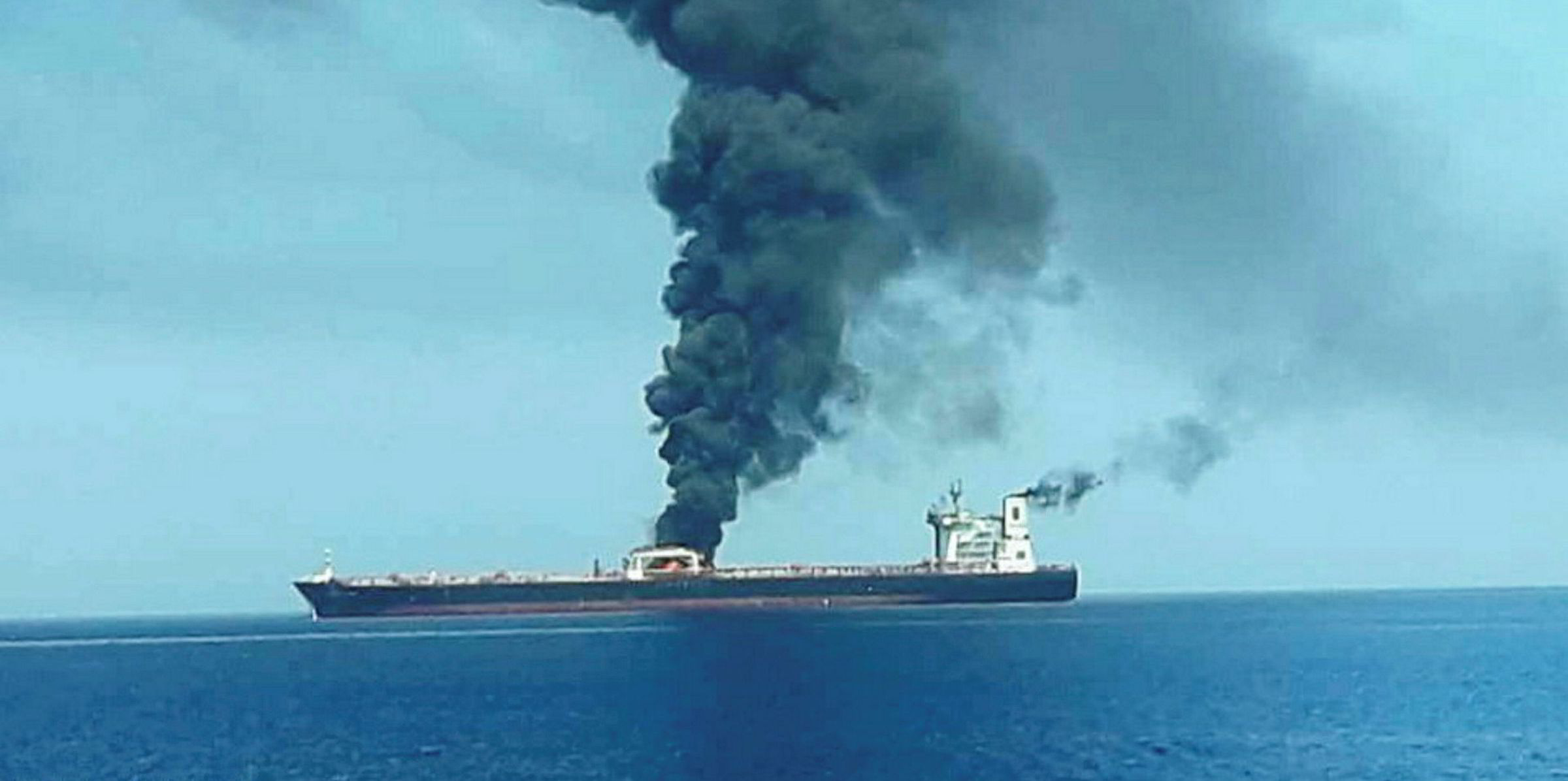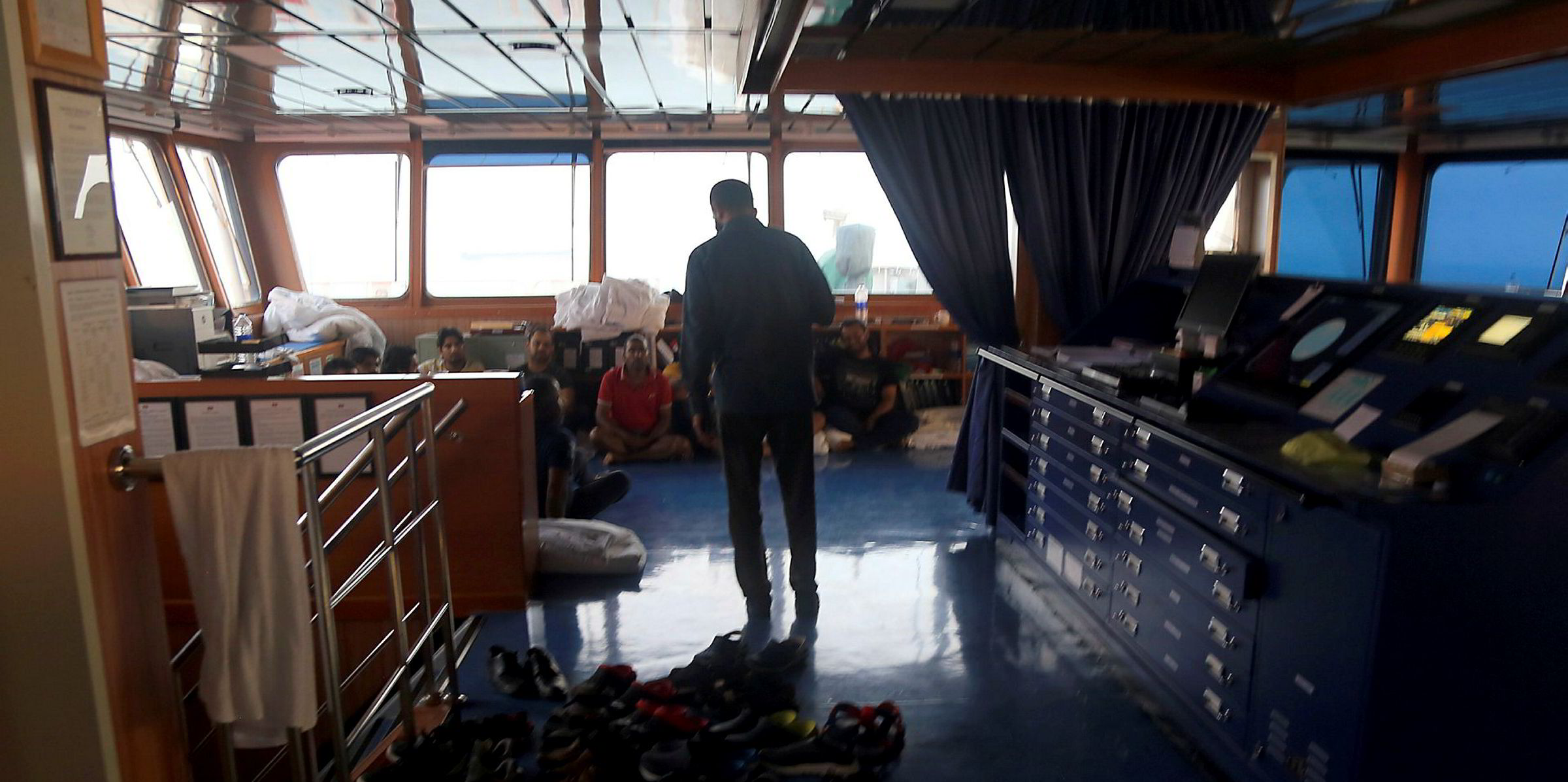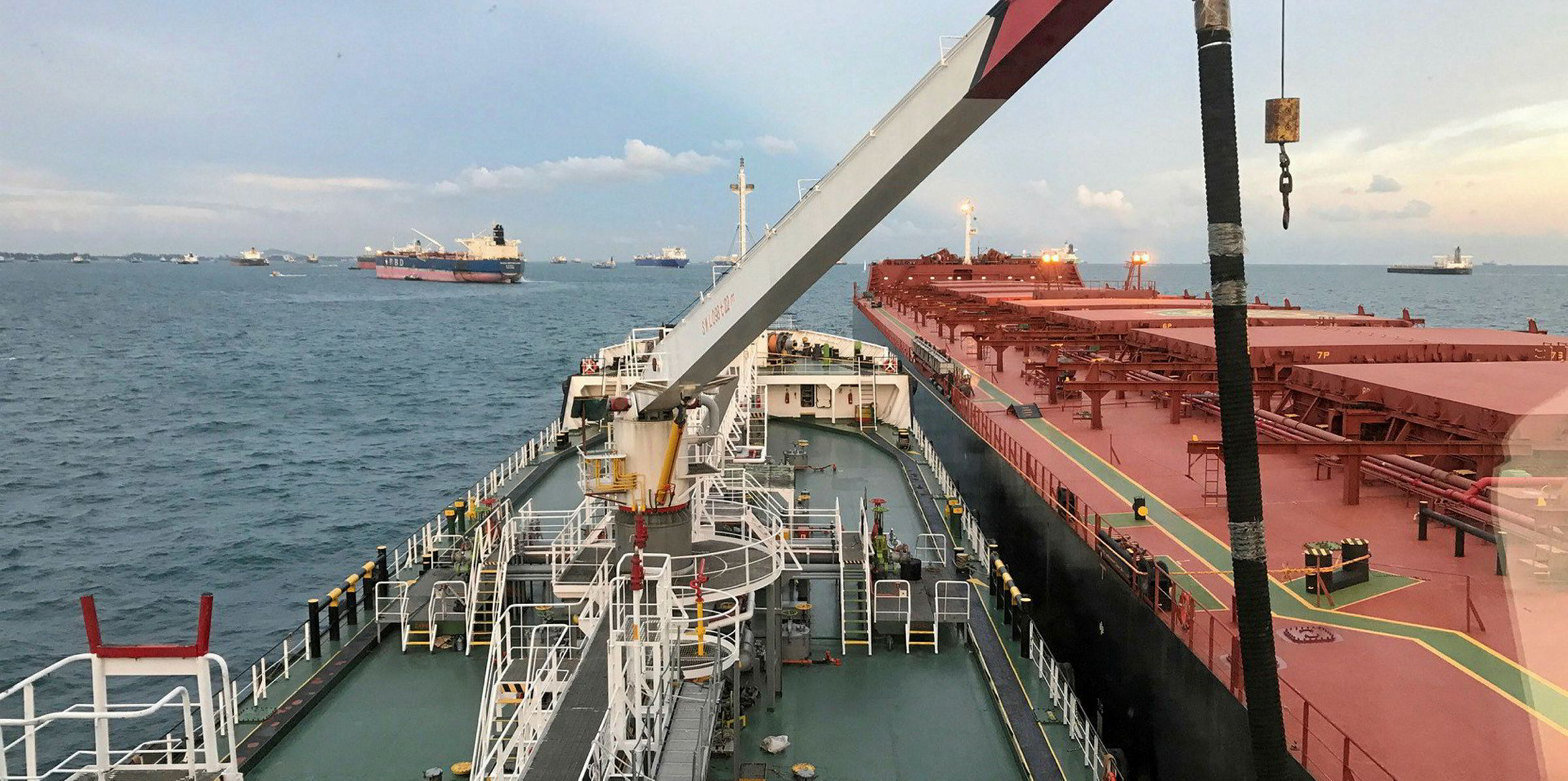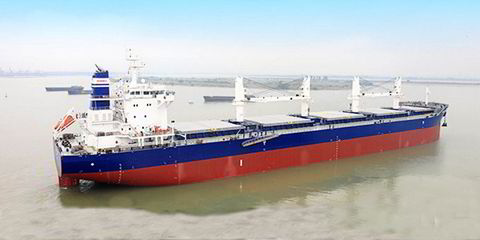Flaming tensions in the Middle East Gulf have been keeping bunker suppliers in Singapore busy as an increasing number of shipping companies are opting to procure fuel in the Asian city-state rather than risk using Fujairah, the Middle East’s largest bunkering port.
Singapore has enough supply, but shipowners are having to pay a premium for bunkers.
Singapore’s prices for IFO 380 fuel, commonly known as high-sulphur fuel, rose from $373 per tonne to $500 per tonne immediately after the attacks on Frontline’s 110,000-dwt LR2 tanker Front Altair (built 2016) and the 27,000-dwt Bernhard Schulte-operated product tanker Kokuka Courageous (built 2010).
Stena seizure
Both tankers were at the southern end of the Strait of Hormuz in international waters when they were hit by large explosions that caused major damage. Various groups have blamed Iran for both incidents, allegations the Islamic Republic denies.
Prices in Singapore have since cooled to $453 per tonne as of this past Wednesday, but with tensions in the Middle East rising to blistering levels following Iran’s seizure of Stena Bulk's UK-flagged, 50,000-dwt product tanker Stena Impero (built 2018) over the weekend, it looks more likely than ever that they will again be on an upwards trajectory.
This week, Singapore’s oil prices were approximately $15 per metric ton higher than the global average
Safety concerns
Demand for bunkers in Singapore is still increasing as shipowners either seek to avoid the Gulf of Oman and the Strait of Hormuz entirely, or reduce the time their ships are in the area to an absolute minimum.
Both vessel safety concerns and increased war risk insurance costs are playing a significant role in their decision-making.
Bunker prices closely follow oil prices, although trading sources say that supply and demand is at play in the Singaporean bunker market.
Ship & Bunker data shows that bunkers in Singapore have traded at a discount to the global top-20 ports average for most of this year.
Oil prices
While oil prices did spike following the June tanker attacks, leading to higher levels worldwide, prices in Singapore were a stiff $43 per tonne higher than the global average when they peaked on 11 July. This week, Singapore’s oil prices were approximately $15 per metric ton higher than the global average.
Shipowning sources said that not only are bunkers costing a premium in Singapore, securing prompt delivery is also difficult as the port’s bunker tanker fleet is working at full capacity and customers have to wait in line.
Singapore boasts one of the world’s largest bunker tanker fleets, but a wide-scale crackdown on errant operating practices has led to the suspension of operating licences at several large bunker tanker operators, such as Panoil Petroleum, Southernpec, Universal Energy, Transocean Oil and Inter-Pacific Petroleum.
Bunker numbers
Those withdrawals, together with arrests of the entire Brightoil and Coastal Oil bunker tanker fleets due to their financial problems, has removed more than 20 vessels from the market, putting further pressure on the number of bunker tankers available to deliver the fuel.
Sources within Singapore’s bunker tanker sector suggest that the supply of bunker tankers could get even tighter in the upcoming months as vessels are sent for tank cleaning in preparation for carrying low-sulphur fuel ahead of the IMO 2020 sulphur cap.








